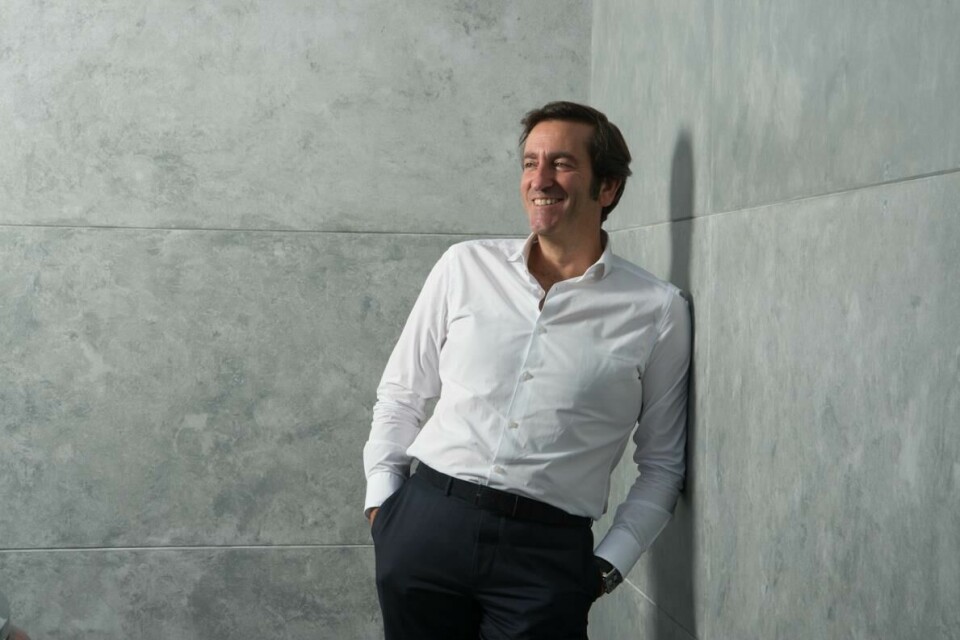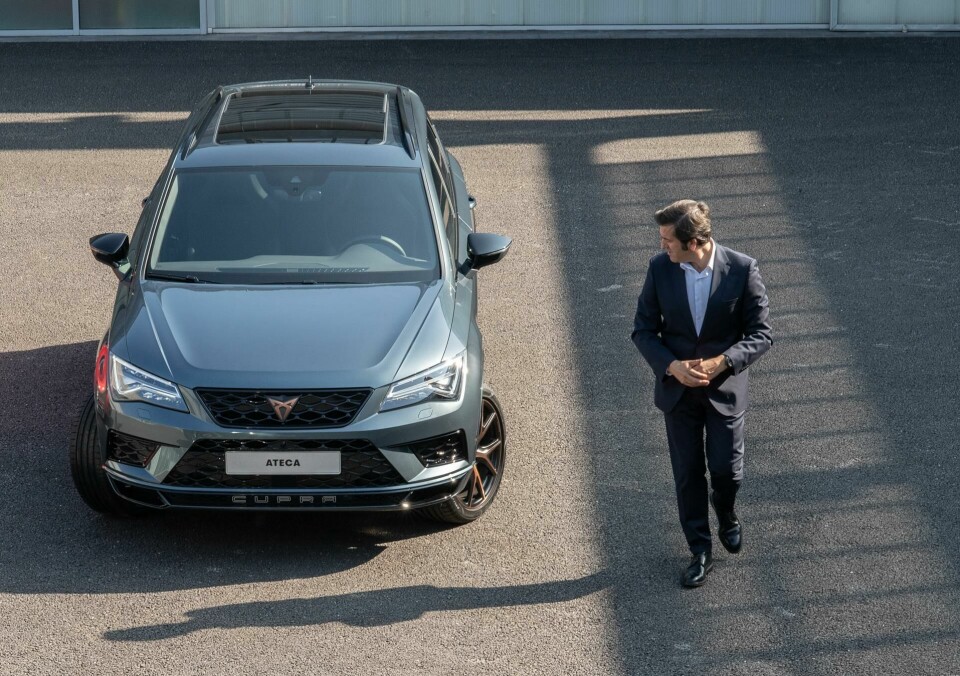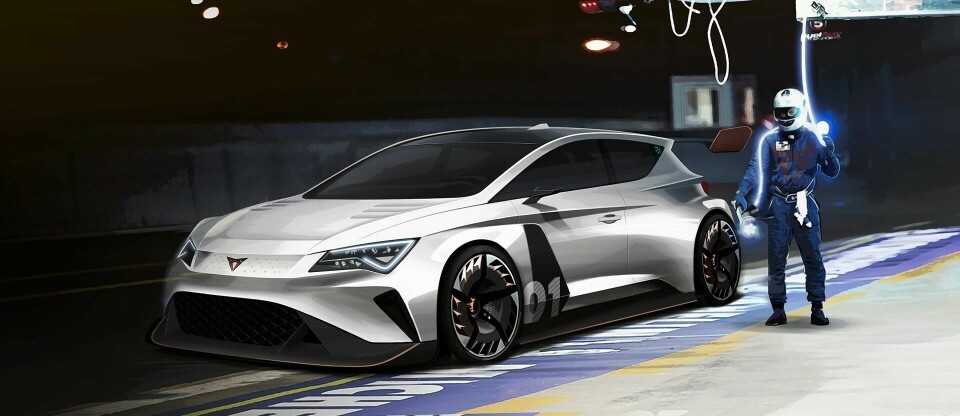
Designer Interview: Alejandro Mesonero-Romanos, SEAT
SEAT design director on consolidating and rebuilding the brand’s image, plus how changing attitudes will shape future cars
My earliest memory about cars was, I think, when I was eight years old and the SEAT marketing department came to my parents’ house in Madrid to film an advertisement for the SEAT 128. One guy explained a little bit about the car, and they let me sit inside. It was like a sports car, a derivative of the Fiat 128. I have that memory still crisp in my mind, of sitting there smelling the new car.
From there I started, in a very natural way, to draw cars. At 16, I convinced my mother to send me to Barcelona, to the Elisava design school. I did my industrial design degree there and in 1992, after a year in a product design studio, I applied to the Royal College of Art. Following that I got a job with SEAT and participated in the design of cars including the Bolero concept (1998), before five years at the Volkswagen Group’s Design Center Europe working on projects for the whole Group.
Then I got a job offer from Renault, and the idea of living in Paris was very attractive. I was at Renault in different positions for eight or nine years in Paris, then I moved to the Renault Samsung design studio in South Korea for two years. After that, at the Paris motor show in 2010, Walter de Silva, at that time the chief designer of the Volkswagen Group, asked me to come back to SEAT as a design director. I couldn’t refuse – because I liked the brand, the people and the city. That was eight years ago.
Here at SEAT I’m managing designers, learning how to be creative not by doing the design myself, but inspiring other people to do it. This is very influential, because it’s also a way to create. You have a team, and you must use it. Like a conductor you don’t play the instrument yourself, you let others play, but you know when it sounds good. Managing other creatives does not come naturally – you have to learn how to do it. You have to add discipline to creativity, especially when you are in the car industry, where you must have a strategy. However, I do still design cars. I draw them on my own at home, as I did when I was a boy.
At SEAT design we are advanced in terms of digital process – this is something that I insisted on when I moved to the company in 2011. Today, within the VW Group we are one of the leaders in that, which allows us to try many different design proposals; I want to test many ideas with little cost. Once our ideas are clear and our preferences are established, then we go into the physical mock-ups or models. But we do it really late in the process because we have excellent digital tools today.
In 2019 we will reveal some cars that really make me very proud, because they are the next phase of our design DNA. We are changing our philosophy: what you have seen from 2011 until now, it’s one thing; what you will see in 2019 is the second step. What we have been doing is to consolidate and build an image. In this next phase, this is where we are going to definitely stand out.

We are changing or adapting our design sensibility to the different milestones of our evolution. I push the team to think of design that is relevant, with a purpose; it should have an idea and a target behind it. We like simplicity. I think that good design is a question of reducing but still keeping the message. So we are really thinking about what we should deliver every time, always with a message. It’s going to the essence of things and then keeping character.
Character is, I think, the power to attract. It’s something that is difficult to explain, but easy to perceive. I use a lot of references to the human body, because I think that a car is an object that is alive: it has movement and expressions, it sends messages to people who are observing it, and their perspective on it is always changing, with the light. In fact, many of the features of the car are how we describe parts of the human body: we’re talking about the face, the shoulders, etc. Sometimes when we design a front end, I show my designers a picture of a person, with the right eyes, the right expression, the right determination and focus.

Until now, we have been machine- or engineering-driven, and I think that it is time to go more into the real psychology of design and how people perceive things and how they want to live, to have much more insight into human behaviour and the human brain. SEAT has created a digital lab: we put designers, engineers and production guys together in the same building, led by the designers, and we are benchmarking other brands within the Group. We are conducting some experiments and getting a lot of information from ‘future users’, very young people. We observe how they’re using the car, what they want to have, what they don’t care about. Until now, we were used to giving all the information about the car: the water temperature, the revs, the speed, etc. This is finished. People don’t want to know about this, none of this information is relevant for future clients.
Future car users want to be connected. They want to talk to their friends; to know which restaurants are near; what time they are arriving; and the weather conditions. They want to see a picture of the mountain that is behind the corner. So the customer is changing so much that we first have to capture these changes that are happening, then to understand and be able to change our mentality in order to provide an answer. This is really exciting, so I’m very optimistic about how we are going to design and build concepts for 2025-30. I think we will see very interesting things happening in the industry.












